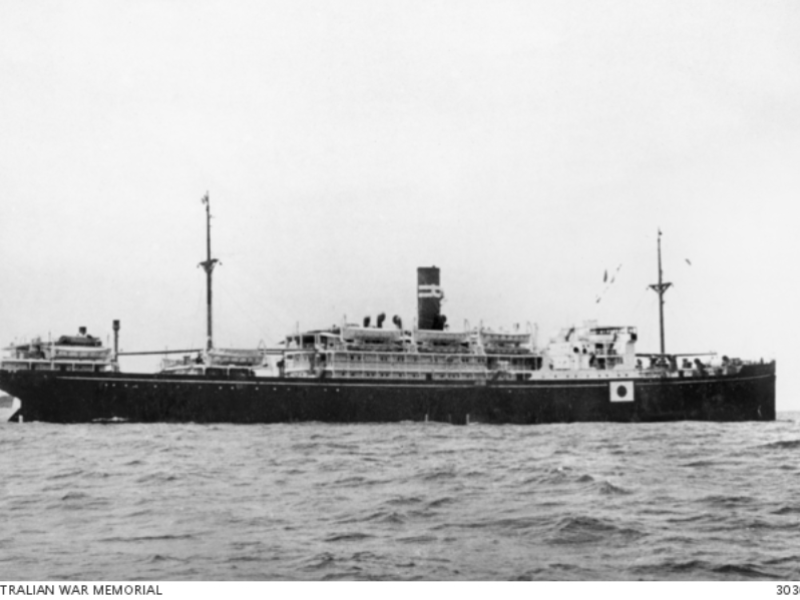Private Lloyd Sylvester Sibraa, 1st Independent Company
Lloyd Sibraa was born in Forest Lodge, Sydney on 9 June 1919, the son of Neville and Mabel Sibraa.
Neville and Mabel separated early in their marriage. Lloyd grew up to work as a station hand and drover around Fords Bridge on the Darling River. He was part-time with the Australian Military Forces and at 21, joined the Permanent Forces.
Sibraa attended artillery school at Georges Heights, and was found absent without leave in January 1941, and was later discovered asleep on guard duty. He was confined to barracks as punishment for each incident.
In April 1941, he was classified as a driver mechanic for the 1st Independent Company – one of 12 commando companies raised for service in the Second World War. In July he left Australia, bound for New Guinea.
Most of the 1st Independent Company was to protect Kavieng airfield from impending Japanese invasion. They were to resist long enough to destroy key airfields and other military installations, and then withdraw south to wage a guerrilla war.
On 21 January 1942, a bombing raid by about 60 Japanese aircraft attacked Kavieng. While a number of aircraft were shot down, the company’s means of escape, the schooner, Induna Star, was damaged. A small group stayed behind while the others escaped to Kaut.
Early on 22 January 1942, the Japanese landed at Kavieng airfield. Fighting broke out as the remaining commandos blew up the supply dump and other facilities. They withdrew towards the main force at Sook, although some were captured in the process.
Around this time, Private Sibraa was declared missing, believed to be a prisoner of war.
Sibraa was last reported seen on the Japanese prison ship Montevideo Maru with 850 military prisoners and 200 civilian internees on the morning of 22 June 1942.
Eight days into the voyage to Hainan, the Montevideo Maru (which had no markings to indicate it was carrying prisoners) was fired on by the American submarine, the USS Sturgeon. Two torpedoes struck the vessel, exploding the oil tank in the aft hold.
The vessel sank in 11 minutes. Barely 20 Japanese crew survived; over 1,000 others died. One surviving Japanese crewman later said that Australians in the water sang “Auld Lang Syne” to their trapped mates as the ship sank beneath the waves.
The sinking is considered the worst maritime disaster in Australia's history.
Unaware of the ship’s loss, the families of those on the Montevideo Maru continued to send letters in the belief that their loved ones were prisoners of war. It was not until after the war that they discovered the fate of those lost on the Montevideo Maru.
Sibraa’s mother clung to the hope that her son had somehow survived.
On 1 July 1947, she placed a notice in the Sydney Morning Herald which read:
At night when shadows are falling
And I am all alone
There comes that longing Lloydie
If you could just come home.
Lloyd Sibraa was 23 years old.
Duncan Beard, Editor, Military History Section
Image: Starboard side view of the Japanese passenger ship MV Montevideo Maru.
- Australian War Memorial https://www.awm.gov.au/collection/C2647762

 Australian War Memorial
Australian War Memorial